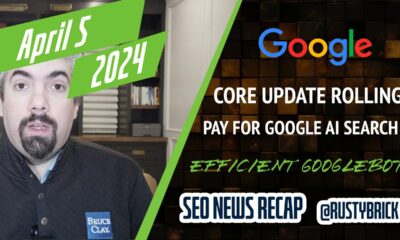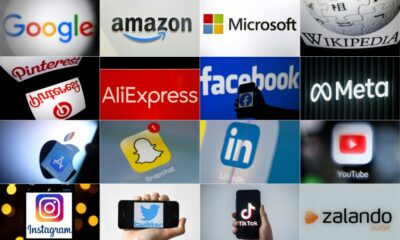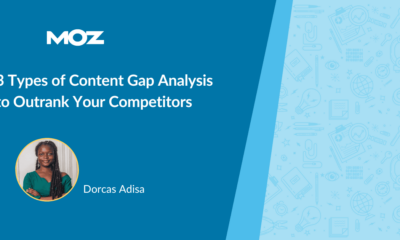One of the myths about the tech sector is that it’s a meritocracy, where people are primarily judged and rewarded on ability. Unfortunately, that’s not the case. The gender pay gap is just one example. Women earn an average of 30% less than men in martech jobs at all levels, according to our Salary and Career Survey.
Unfortunately, this is in line with the IT sector overall, where women earn an average of 28.9% less than men, according to the U.S. Census. Of the 20 business sectors listed by the Census, IT has the eighth worst pay gap.
Pay is just one part of the issue. Another is the opportunity gap: Men are more likely to be promoted to the top levels of a company. Our survey found that while women hold 54% of all martech jobs, they are only 42% of the sector’s senior executives.
This is, of course, symptomatic of a much larger problem in our society — a problem we must address if we wish to remain economically competitive, says Dr. Lauren Tucker, CEO and founder of Do What Matters, an inclusion management consultancy.
Read next: Salary and Career: Julia Monahan gets the data to support the hunch
“There are a number of things that the tech industry needs to do to at least minimize this inequity,” said Dr. Tucker. “One of them is better hiring and advancement and promotion policies that follow the best practices. Those practices are out there and they’ve been out there for a long time. The challenge is we don’t follow best practices.”
The result is what Dr. Tucker calls “opportunity hoarding.” This is when one person or a very small group of people are able to control the opportunities for career advancement. These can include training, project assignments, getting credit for work, mentoring, and much more. Opportunity hoarding is frequently the product of cronyism and nepotism.
The “standards” smokescreen
This behavior is frequently hidden behind the rhetoric of “standards.”
“We tell ourselves mythologies that allow us to believe in the place that the world puts us,” said Dr. Tucker. “And the mythologies that a lot of tech bros tell themselves is that people like Elon Musk, like Zuckerberg, like Steve Jobs, that they’re geniuses, that they had standards that everybody needed. And if only people would hold to their standards.”
These myths argue that these “self-made men” accomplished all they did because of the high standards they held themselves and their subordinates to. This overlooks all the advantages and opportunities that Musk, Zuckerberg, Jobs and those like them had. For example, Musk comes from an incredibly wealthy family – who loaned him the money to start his own business and attended top-tier private schools. His wealth, much of which was earned through starting and selling his own companies, allowed him to purchase the right to be called “co-founder” of Tesla.
The missing champions
The “standards” myth perpetuates the demonstrably false idea that everyone has an equal start in life. It assumes we live in a world free of biases based on gender, skin color, sexual orientation, religion, income level, etc.
Because of that, “what I see is a lot of men just hiring other men that they’ve worked with from the same organizations,” said Dr. Tucker. “There are plenty of women that do not get the championship that their male counterparts get, which then just amplifies the pay gap, especially in technology. Having somebody that’s willing to put in the social capital, the political capital, and the financial capital to back your play makes the biggest difference in the world. This is why we see this pay gap persist even if we do all the right things at the beginning in hiring.”
The impact of that goes far beyond differences in pay.
“We’re still held prisoner by this 20th century thinking that is keeping us from being competitive globally,” she said. “We are really not getting it here. If you look at Western Europe, what’s really interesting is Western Europe has evolved. It has evolved beyond this issue around women’s equality. It’s evolved, on this issue, around the kinds of freedoms that we are supposed to, as a country, have as our ideal.”
Equality equals economic growth
As Dr. Tucker points out, much of the nation’s economic growth in the last 50 years has been driven by women’s increased participation in the labor force. For that economic improvement to continue, the nation will need women to be equal participants.
“This is really about women’s empowerment,” Dr. Tucker said. “It’s about women’s freedom. We have to embrace this if this country’s economy is going to grow. And, quite frankly I believe as we think about how to grapple with inflation, we need the ideas and the creativity of all our citizens in order to overcome the challenges of the 21st century. We need that innovation and creativity that is grounded in the issues of this century, not the 20th century, not the 20th century where women in this country are still fighting for their quality.”
Get the daily newsletter digital marketers rely on.































You must be logged in to post a comment Login